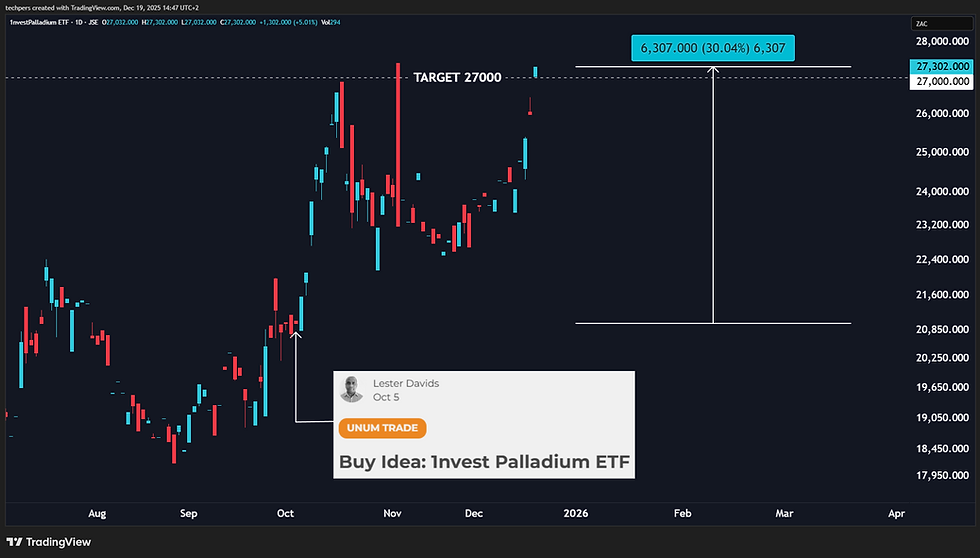Foretelling Friday: Fed Rate Cut Showdown – 50 vs 25 bps?
- Luke Holland

- Sep 16, 2024
- 2 min read
As the Fed gears up for its meeting on September 17-18, the market is eagerly awaiting a rate cut. While the consensus is leaning toward a 25 bps reduction, there is still debate around whether the Fed might opt for a more aggressive 50 bps cut. With the market pricing of about 120 bps in cuts by year-end, the expectation for ongoing easing remains strong.
The key question is: How will the Fed navigate this pivotal moment?
As growth concerns take precedence over inflation, a 50 bps cut would indicate the Fed’s rising anxiety about the state of the economy, which could unsettle markets. Such a move might suggest that the economic outlook is deteriorating more than expected. Conversely, a more measured 25 bps cut is likely, as it would provide markets with a calming signal. A moderate cut like this could reassure investors that the Fed is not panicking, while still addressing the need to support economic growth. This approach would likely be welcomed by equities and other risk-sensitive assets, especially if the Fed signals that it remains open to further cuts should conditions warrant.
The Fed's decision will not only impact U.S. markets but will also set the stage for key central bank announcements later in the week. The SARB (3 pm on Thursday), BOE (1 pm on Thursday), and BOJ (6 am on Friday) are all expected to make interest rate decisions shortly after the Fed. The BOE is on track for a total of 55 bps in cuts by the end of the year, while the BOJ is eyeing a modest 8 bps increase in rates as it reconsiders its long-standing ultra-loose policy.
For the SARB, inflation data will play a crucial role in shaping the upcoming rate decision. With inflation figures due the day before the SARB meeting, the market is hopeful for a dip in inflation to the 4.5% midpoint of the SARB’s 3-6% target range. A favourable inflation reading would give the SARB room to cut rates, aligning South Africa’s policy outlook with global central trends.
Key Questions to Watch:
Will the Fed surprise markets with a 50 bps cut, signalling deeper concerns about growth?
Will they opt for a more measured 25 bps reduction, and leave the door open for further cuts?
Will we see hints of further cuts down the road as economic conditions evolve?
Stay informed with Unum Trade as this critical week unfolds.




Comments